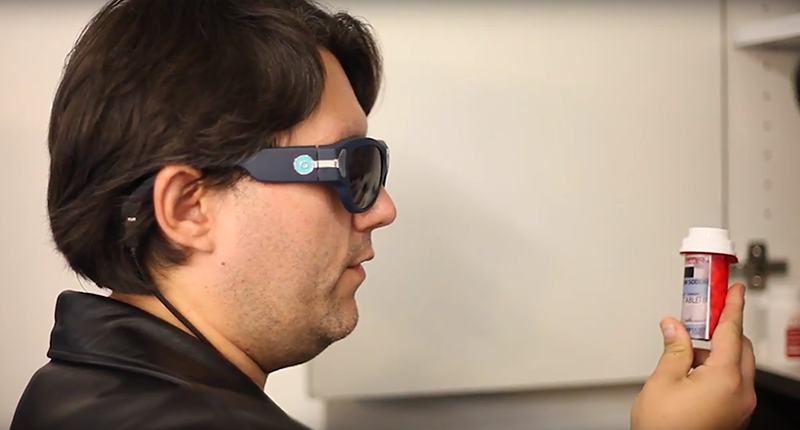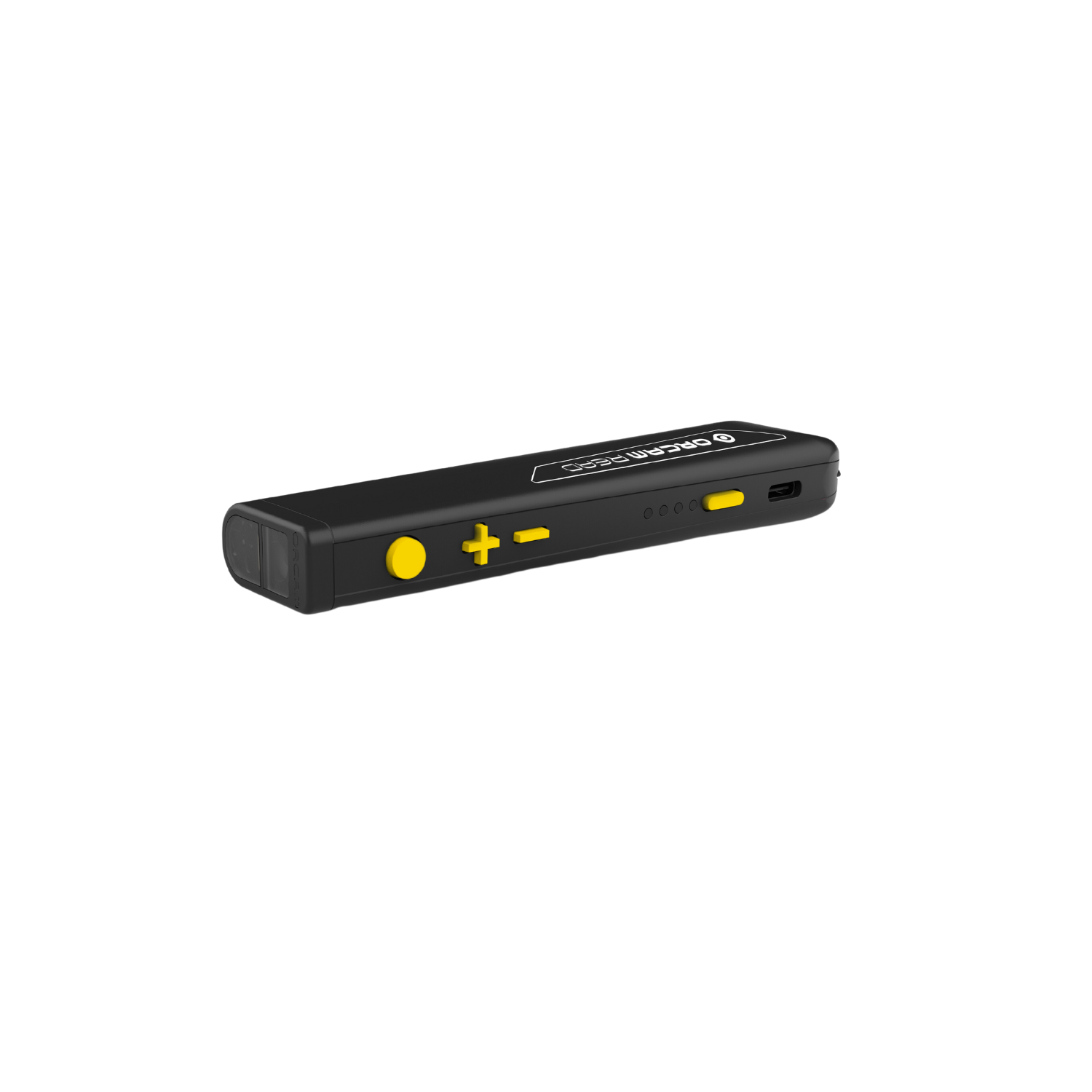Explore Advanced Glasses for the Visually Impaired and Their Benefits
Explore Advanced Glasses for the Visually Impaired and Their Benefits
Blog Article
Empowering Self-reliance With Assistive Modern Technology for the Blind
The combination of assistive innovation right into the lives of people with visual disabilities represents a considerable advancement in advertising self-reliance and self-sufficiency. From innovative display visitors to sophisticated wise walking canes, these devices not just improve daily navigating and communication however additionally encourage users to engage meaningfully in different elements of life. As we explore the myriad benefits and real-world applications of these innovations, it becomes critical to analyze the underlying variables that add to their performance and the capacity for future developments in this essential field.
Review of Assistive Technology

The advancement of assistive modern technology is grounded in principles of inclusivity and empowerment. Innovations in software application, hardware, and sensory enhancements provide individuals with choices customized to their specific needs. From screen viewers that transform message to speech, to tactile gadgets that share information via touch, these tools transform the means individuals engage with their environments.
Along with useful applications, assistive modern technology cultivates higher social incorporation and engagement in various markets, consisting of education and work (AI-powered visual aids). As r & d remain to develop, the potential for assistive technology to even more boost the lives of aesthetically impaired individuals remains promising, leading the method for a much more equitable society where everyone can grow
Kinds Of Assistive Devices
A selection of assistive devices have emerged to support people with visual problems, each developed to meet details demands and enhance day-to-day functioning. These tools range from low-tech remedies to sophisticated innovations, providing varied alternatives for customers.
Low-tech tools include magnifiers and large-print products that help in analysis and writing. Braille devices, such as Braille stylus pens and slates, enable responsive analysis and interaction. Orientation and movement help, like white walking canes, help individuals browse their setting safely.
On the higher end of the spectrum, electronic magnification systems and screen viewers offer considerable support. Digital magnifiers enable users to increase the size of message and images on displays, while display visitors convert digital content into synthesized speech, promoting accessibility to information on computer systems and smartphones.
Smart device applications also play a vital duty, supplying functions like text recognition and navigating support. Wearable innovation, such as smart glasses equipped with increased truth, is becoming an appealing tool to boost situational awareness.
Advantages of Assistive Innovation
The integration of assistive innovation dramatically improves the lifestyle for people with aesthetic problems. These technologies empower individuals by promoting self-reliance, enabling them to browse their settings better and do daily tasks with higher simplicity. For example, screen readers and magnification software program enable individuals to gain access to electronic information, promoting educational and expert opportunities that might have previously run out reach.
Furthermore, assistive devices such as smart walking sticks and GPS applications offer real-time navigating help, improving flexibility and safety. This increased freedom not just enhances self-esteem but additionally motivates social involvement, enabling individuals to participate even more fully in their areas.
Assistive technology likewise facilitates communication, aiding users attach with others with voice recognition and text-to-speech applications. This capacity is important for preserving partnerships and accessing essential details.
Additionally, the customization options readily available with many assistive modern technologies ensure that customers can customize tools to their specific needs, additionally enhancing use and effectiveness. On the whole, the benefits of assistive technology for people with visual disabilities are extensive, promoting a more comprehensive society where every person can seek their goals and ambitions.
Study and Success Stories
Highlighting the transformative effect of assistive modern technology, various case studies show how individuals with aesthetic problems have actually successfully integrated these devices into their day-to-days live. One engaging instance involves an university student who used display analysis software program to browse on-line resources and scholastic materials successfully. This innovation not only facilitated her education and learning but additionally enhanced her self-confidence Find Out More in taking part in discussions and team projects.
One more study features an expert who utilizes a smart device application designed for navigation and item acknowledgment. By utilizing this app, he has actually gained back autonomy in both his individual and workplace, allowing him to commute separately and involve with colleagues extra successfully.
Furthermore, a retiree shared her experience with braille e-readers, which allowed her to access a substantial array of literary works and remain connected with her neighborhood with book clubs.
These success tales emphasize the essential duty of assistive technology in cultivating independence, boosting lifestyle, and promoting social assimilation for individuals with visual problems (Screen readers for the blind). By embracing these cutting-edge devices, customers can overcome difficulties and take possibilities that hop over to these guys add to their personal and expert satisfaction

Future Trends in Assistive Modern Technology
Innovation in assistive innovation is positioned to redefine the landscape of assistance for people with aesthetic problems. Arising fads stress the assimilation of artificial intelligence (AI) and equipment learning, which improve the capability of tools that aid with navigation and details accessibility. AI-driven applications are currently capable of analyzing aesthetic information in real-time, enabling individuals to involve with their environment a lot more separately.
Furthermore, the advancement of wearable innovation is advancing quickly. Smart glasses geared up with increased reality (AR) can provide audio descriptions of surroundings, transforming how individuals communicate with public spaces. These devices not just promote freedom however additionally foster social incorporation.
Furthermore, the Net of Points (IoT) is making homes smarter, permitting seamless connectivity between assistive tools and day-to-day home appliances. This connection empowers customers by enabling automated feedbacks and voice-activated controls tailored to individual requirements.
Verdict
In conclusion, assistive modern technology plays a critical duty in encouraging people with visual problems by boosting their freedom and involvement with their surroundings. The varied range of applications and check this tools available not just assists in navigation and communication however also advertises social assimilation and chances for individual and expert growth. As advancements proceed in this area, the potential for improving the lifestyle for those with visual problems will certainly increase, promoting greater freedom and empowerment.

Report this page